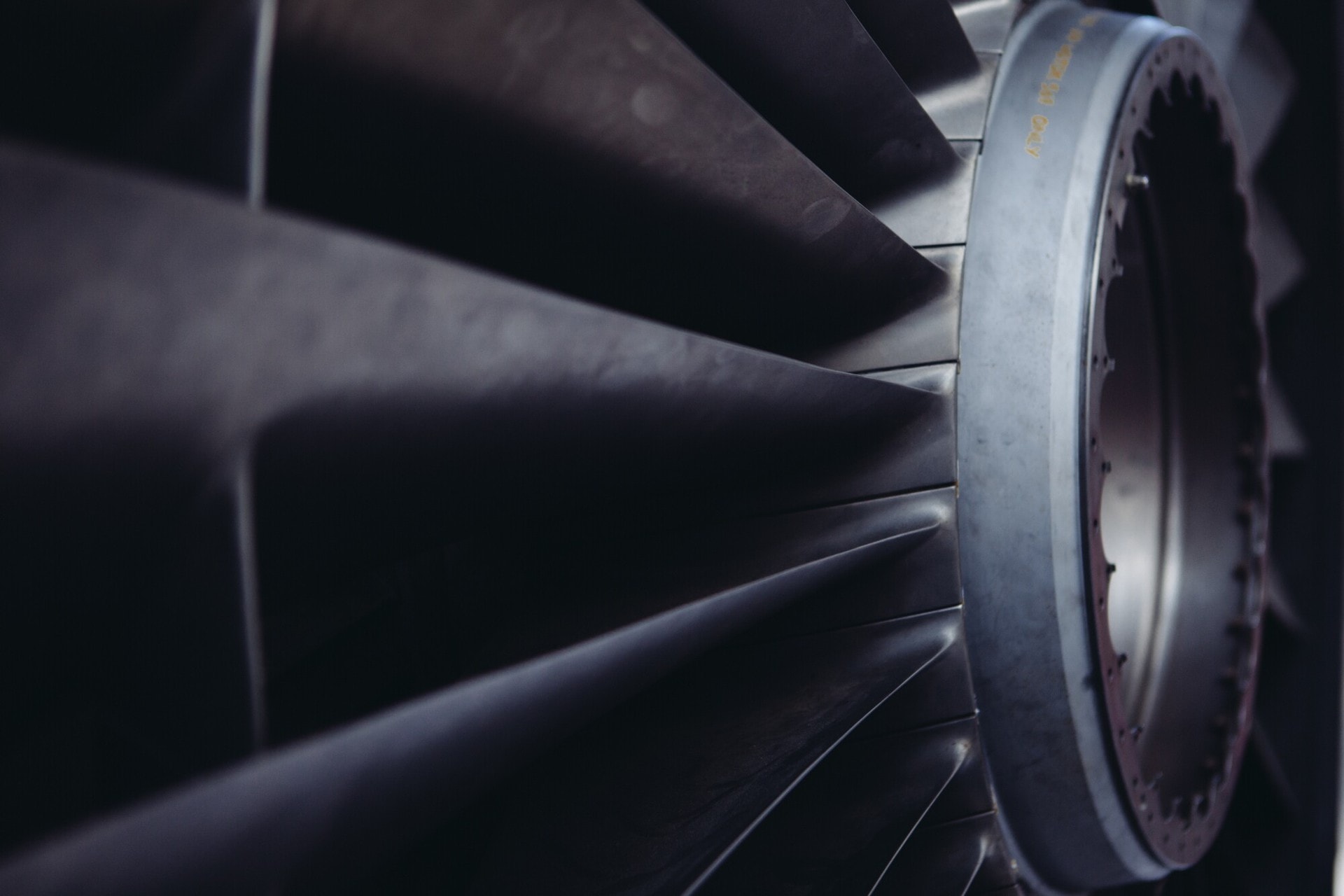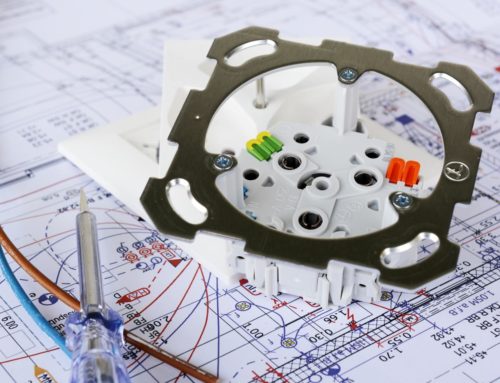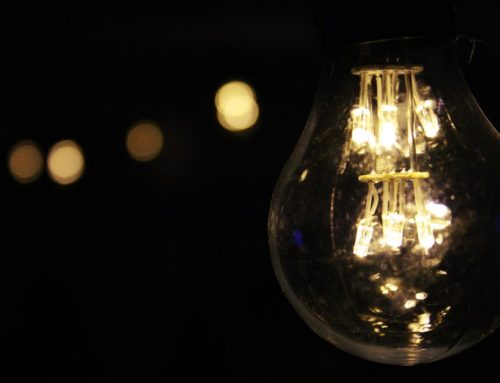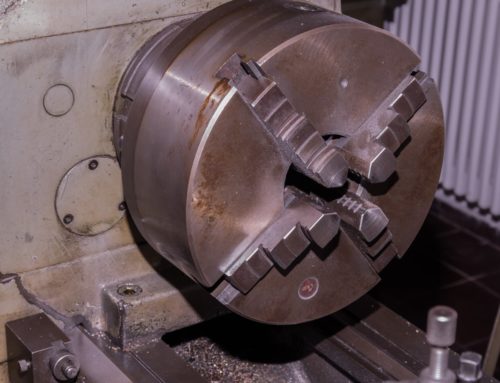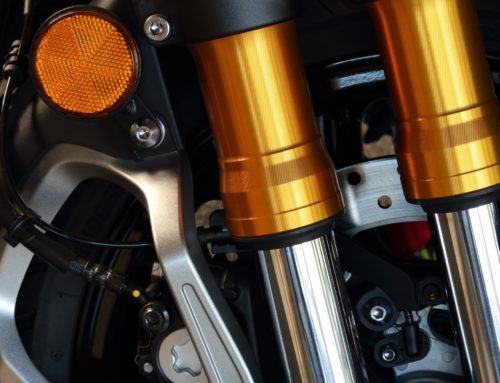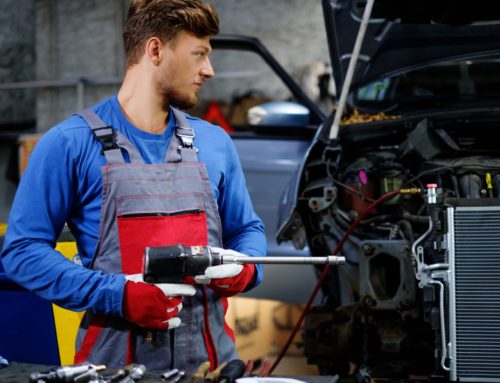Industrial fans are high in power and velocity, it’s important that when trying to slow one down you use the right electric motor brakes. Failure to alleviate these braking systems can cause damage to the fan and even severe injury or death.
To avoid these dangers, be sure to research the correct electronic motor brakes for your industrial fans. This short guide will give you a better understanding of how to implement the right electronic motor braking system for your industrial fan.
How an Electronic Motor Brake Works
Despite their differences, all EBS contains a few of the same similarities. The purpose of a motor brake is to reduce the speed of a motor to a complete stop. But this should be done as safely as possible.
An electric motor brake system, between mating surfaces, uses friction to produce necessary stopping torque. This is used when machines have a limited amount of time to stop. Machines using an electronic braking system cannot stop after powering down.
Electronic Motor Brake Systems
There are many types of electric motor brakes on the market. There are two sets of electromechanical brakes. These two sets include an electronically set motor brake and a spring set electronic motor brake system.
In an electronically set motor brake, brakes apply torque, as the motor continues to power, providing operating force utilizing a motor coil. Pro cyclists use cycling machines with this kind of engineering.
Spring Set Brakes are different, springs activate the braking system. This applies torque when the power is disconnected. These brakes are often used as a fail-safe. But, these brakes don’t have any control over the period of time it takes to stop the flow of the motor.
Linkage Brakes & Single Phase AC Solenoid
These brakes are completely different from Three Phase brakes and DC Brakes. A linear solenoid pulls on machine-driven linkage. This process releases two pressure springs.
These springs apply force to the pressure plate. Once this occurs, the friction disks rotate within the hub. But, unlike DC and Three Phase Brakes, these electronic motor brake systems do not allow torque adjustments.
The downside to these types of braking systems is that they endure wear and tear. They have a shorter lifespan, manufacturers should not use this option if they require exact stopping.
DC Brakes
DC Braking decelerates a high-inertia load using a spring operation with electromagnetically released brakes. Between the mounting plate and the armature, play lies the friction disk, this occurs in many DC Motors.
This process squeezes the friction disk, producing stopping torque, against the brake hub. DC Brakes press the armature plate against the brake hub.
Due to a lack of solenoids and linkages, DC Brakes require less maintenance and improvements. You can also adjust its torque to what the machine requires.
Three Phase Brakes
Three-phase brakes have similarities to DC Brakes. An electromagnetic field is generated by electric coils, drawing back the armature. Instead of DC Brakes that use magnets.
In three-phase motors, the motor can freely rotate by pulling the brake lining and armature away from the hub. The stopping rate isn’t as fast as a DC Brake but the number of springs in the motor can allow for torque adjustments.
Electric Motor Brakes
When selecting electric motor brake options for fans, individuals must research the correct braking system. Different kinds of motors require different kinds of systems and fail-safes.
The motors chosen must handle the flow rate of an industrial fan and provide adequate stopping power. The stopping rate on an industrial fan should not be too long, so there is less stress on the blades.
Follow our blog for more information on how you can provide adequate stopping capabilities to your industrial fans!

